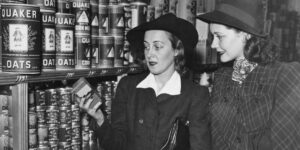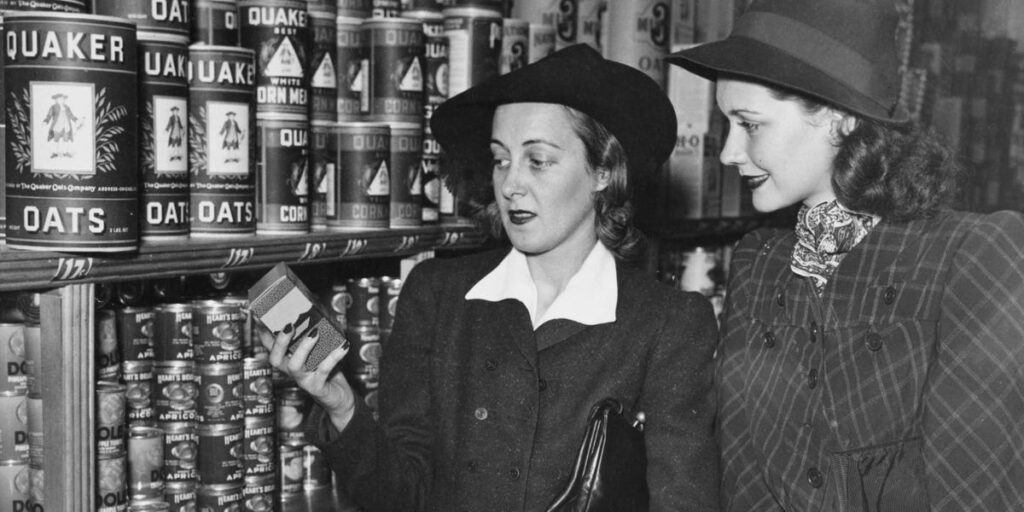In 1944, the Wall Street Journal reported that even industry experts couldn’t settle on a definition for supermarkets. Most agreed the stores had several departments — including produce, meat, and dairy — and the grocery areas were self-service. The Super Market Institute put the minimum sales volume at $200,000 a year (about $3.6 million today).
For some historians, all the pieces come together in Michael Cullen’s King Kullen. In 1929, he was managing a Kroger in Illinois when he wrote to the company’s president, William Albers, with an idea to create “monstrous” stores where goods would move quickly because they were priced with little markup. Thanks to the volume of items, they would still make a profit, he said. He predicted he’d sell $10,000 worth of groceries a week.
By saving the public $1 to $3 on their food bills, he wrote, “I would be the ‘miracle man’ of the grocery business.”
Albers never saw the letter, and Cullen instead opened his own store in Queens, New York, in 1930. He took out ads calling King Kullen the “world’s greatest price wrecker.” The warehouse’s 6,000 square feet held 1,000 items. Customers quickly started lining up.
In 1936, Cullen died after complications from an appendectomy. His wife took over the company, which had opened more than a dozen stores, which together made more than $6 million a year (more than $139 million today).
Three years after King Kullen announced itself as a price wrecker, Albers left Kroger to open his own eponymous stores, the first to use the term “super market” in its name.
Read the full article here
















